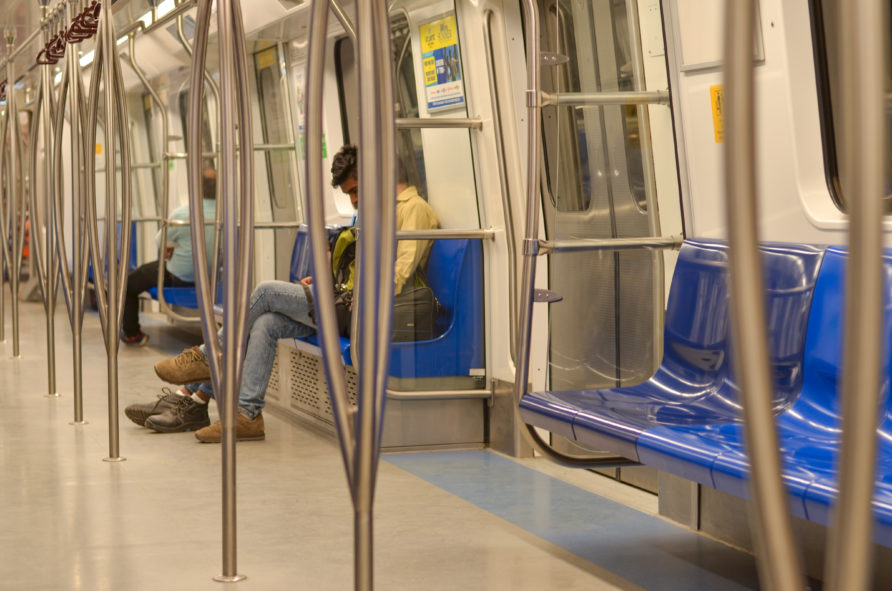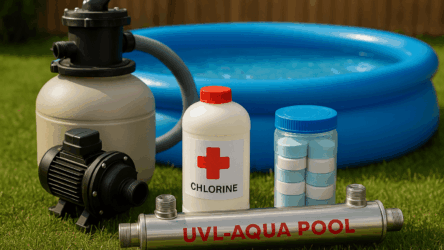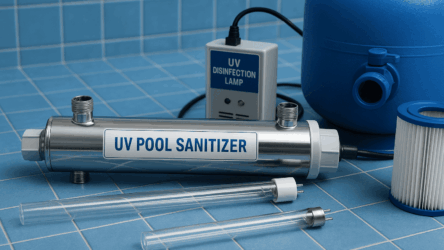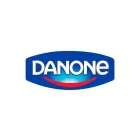Ensuring hygiene and safety in public transport has become a top priority in modern urban environments. To address this challenge, ultraviolet (UV) disinfection technology is being widely adopted in subways, buses, and other transit systems. Open UV germicidal irradiators provide an effective and chemical-free solution for decontaminating surfaces and air within transportation vehicles, offering a safer and cleaner travel experience for passengers.
How UV disinfection enhances public transport safety
UV disinfection systems utilize powerful germicidal UV lamps to eliminate bacteria, viruses, and other harmful microorganisms. These systems offer multiple advantages:
- Rapid and effective sanitation – UV-C lamps at 254 nm wavelength work almost instantly, neutralizing microorganisms on exposed surfaces and in the surrounding air.
- Passenger safety – UV disinfection units operate within controlled environments, such as sealed compartments or designated sanitation chambers, ensuring no direct exposure to passengers or staff.
- Cost-efficient operation – UV lamps have a long lifespan and low energy consumption, making them an economically viable solution for continuous disinfection.
UV disinfection solutions for metro systems
- Train interior sanitation – UV germicidal units are installed in specialized disinfection chambers within metro depots. When a train is parked, these systems activate, efficiently sanitizing handrails, seats, and air inside the train cars.
- Station air purification – Metro stations can integrate UV disinfection into ventilation systems to continuously treat the air in waiting areas, reducing airborne pathogens and enhancing passenger safety.
UV technology in bus transportation
- Cabin disinfection – UV irradiators installed in buses activate between trips to sanitize high-touch surfaces, such as seats, handles, and ticketing machines, ensuring a hygienic environment for passengers.
- Air quality enhancement – Ultraviolet air purification units can be integrated into bus air conditioning systems, continuously treating circulating air to prevent the spread of airborne pathogens.
Conclusion
UV germicidal irradiators have become a key technology in the fight against contamination in public transportation. By ensuring fast and effective microbial elimination, these systems help maintain a healthier transit environment for passengers and staff. The adoption of UV disinfection in metro systems, buses, and other public transport services is a crucial step towards creating safer and more hygienic urban mobility solutions.







